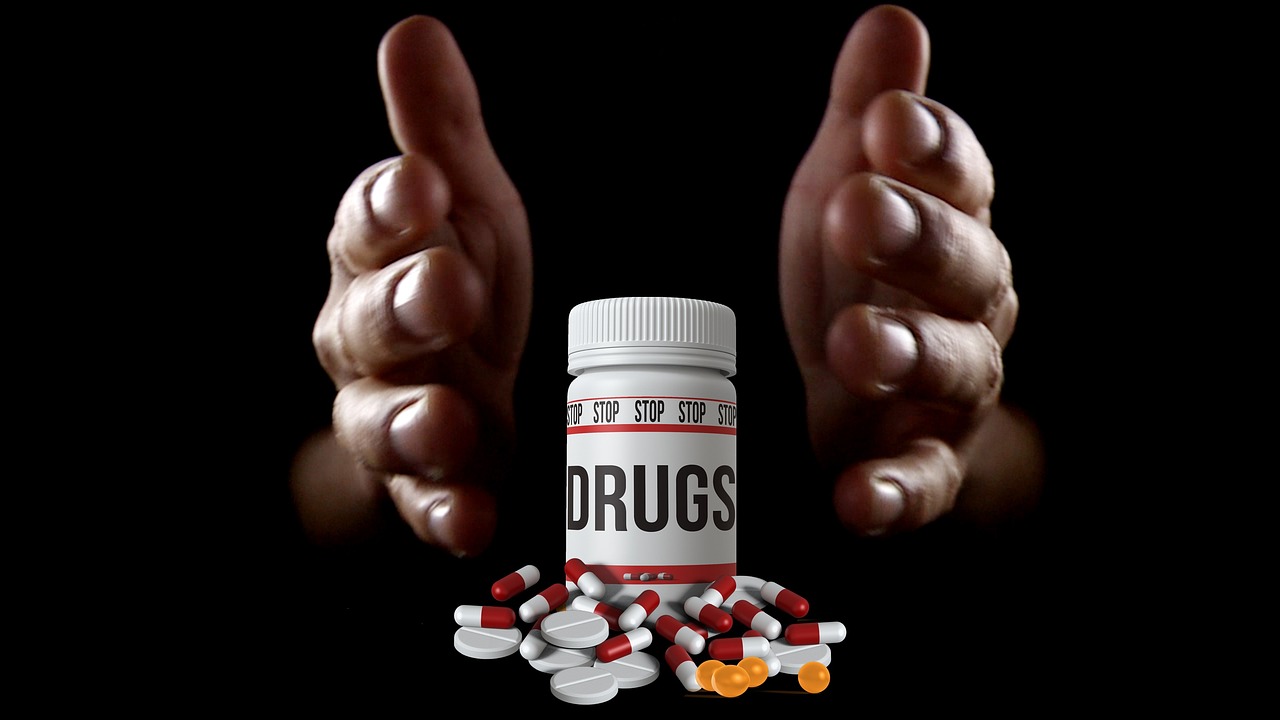 Prisons are often a reflection of society’s struggles, and one prevalent issue that plagues both the general population and incarcerated individuals is substance abuse. The cycle of addiction and criminal behavior intertwines within the walls of prisons, creating a complex web of challenges for both inmates and correctional staff.
Prisons are often a reflection of society’s struggles, and one prevalent issue that plagues both the general population and incarcerated individuals is substance abuse. The cycle of addiction and criminal behavior intertwines within the walls of prisons, creating a complex web of challenges for both inmates and correctional staff.
Many individuals enter the criminal justice system with a history of substance abuse, using drugs or alcohol as a coping mechanism for trauma, mental health issues, or societal pressures. However, the availability of drugs within prisons exacerbates this problem, leading to high rates of addiction and substance misuse among incarcerated individuals. Factors such as overcrowding, limited access to treatment programs, and a lack of support systems further contribute to the prevalence of substance abuse behind bars.
The consequences of substance abuse within prisons are far-reaching and profound. Inmates struggling with addiction face increased risks of violence, health complications, and disciplinary infractions. Substance abuse also hampers the rehabilitation process, hindering individuals from participating in educational, vocational, and therapeutic programs that could help them address underlying issues and prepare for reentry into society. Moreover, the cycle of addiction perpetuates a revolving door of recidivism, as many individuals return to substance use upon release, leading to a higher likelihood of re-incarceration.
Despite the challenges, there are initiatives and interventions aimed at addressing substance abuse within prisons. Comprehensive substance abuse treatment programs, including counseling, group therapy, and medication-assisted treatment, have shown promise in helping inmates overcome addiction and develop coping skills. Peer support groups, reentry planning, and harm reduction strategies also play a crucial role in supporting individuals in their recovery journey. Furthermore, efforts to reduce the supply of drugs within prisons, improve mental health services, and promote a culture of wellness and rehabilitation can create a more conducive environment for individuals to break free from the cycle of substance abuse.
The impact of substance abuse within prisons is a multifaceted issue that requires a holistic and compassionate approach. By addressing the root causes, providing effective treatment and support services, and promoting a culture of recovery and healing, we can help incarcerated individuals break free from the chains of addiction and pave the way for a brighter future both behind bars and beyond. Let us strive to create safer, healthier, and more supportive environments within prisons, where individuals can find the strength and resources to overcome substance abuse and rebuild their lives.
There are several ways in which drugs can enter prisons, despite efforts to prevent contraband from being smuggled in. Some common methods include:
- Visitors: One of the most common ways drugs enter prisons is through visitors. Individuals may conceal drugs on their person or in their belongings, such as clothing, shoes, or personal items, and attempt to pass them to inmates during visitation hours.
- Correctional staff: Unfortunately, some corrupt correctional staff may be involved in smuggling drugs into prisons. This can involve bribery or coercion by outside individuals or criminal organizations to bring in contraband.
- Mail: Drugs can also be sent through the mail to inmates. They may be concealed in letters, cards, packages, or other items, and attempts are made to avoid detection during the prison’s mail screening process.
- Drone deliveries: In recent years, there have been instances of drones being used to drop drugs into prison yards or designated areas. This method allows for the delivery of contraband without direct physical contact with inmates or staff.
- Contraband thrown over prison walls: In some cases, individuals outside the prison may throw packages containing drugs over the walls or fences surrounding the facility, which can then be retrieved by inmates.
- Infiltration by new inmates: Some individuals may bring drugs into the prison when they first enter the facility, either by concealing them on their person or in their belongings.
- Corrupt inmate workers: Inmates who have access to certain areas of the prison, such as kitchens, laundry facilities, or maintenance, may be involved in smuggling drugs into the facility in exchange for favors, money, or other incentives.
Prisons have strict security measures in place, including thorough searches of visitors, staff, and incoming mail, as well as surveillance technology and monitoring systems to detect and prevent the smuggling of drugs and other contraband. Education and training for staff and inmates on the risks and consequences of drug smuggling attempts to deter such activities within the prison environment.
Prisons employ a variety of strategies and security measures to prevent the smuggling of drugs and other contraband into their facilities. Some common methods used to stop the influx of illicit substances include:
- Visitor screening: Prisons typically conduct thorough searches of visitors, including metal detectors, pat-downs, and X-ray scans of belongings. Visitors may also be subject to drug detection dogs to identify any traces of narcotics.
- Staff training and monitoring: Correctional staff are trained to recognize signs of drug smuggling and are subject to regular screenings and background checks. Monitoring systems, such as surveillance cameras and random drug testing, help deter staff involvement in contraband activities.
- Mail screening: Incoming mail is closely monitored and inspected for signs of contraband, including drugs. Some prisons may photocopy or scan mail before delivering it to inmates to ensure its contents comply with regulations.
- Physical security measures: Fences, walls, and other barriers are designed to prevent individuals from throwing contraband over prison walls or fences. Patrols, searches, and the use of technology like drones or thermal imaging cameras help detect unauthorized individuals approaching the perimeter.
- Drug detection technology: Prisons utilize drug detection devices, such as ion scanners, body scanners, and drug-sniffing dogs, to identify drugs hidden on individuals, in their belongings, or within the facility.
- Contraband searches: Regular and random searches of inmates, cells, common areas, and vehicles are conducted to uncover hidden drugs and other prohibited items. This may include shakedowns, strip searches, and inspections of personal belongings.
- Informant programs: Prisons may incentivize inmates or staff to report information about drug smuggling activities through confidential informant programs. This can help identify sources of contraband and prevent future smuggling attempts.
- Education and prevention programs: Prisons provide education and awareness programs for inmates and staff on the dangers of drug use and the consequences of smuggling contraband. These initiatives aim to deter individuals from engaging in illegal activities and promote a culture of compliance with rules and regulations.
By implementing a combination of these strategies and maintaining a vigilant and proactive approach to security, prisons can work to prevent the entry of drugs and other contraband, ensuring a safer and more controlled environment for inmates, staff, and visitors.
* The beliefs, opinions, values, and perspectives expressed/shared by our guests, interviewee’s, and guest blogger’s are indeed their own and not that of PrisonBaes LLC, their affiliates, and employees.
Connect With Us:
TikTok: @prisonbaes
Facebook: PrisonBaes
IG: @_prisonbaes_
YouTube: @PrisonBaes
lease, Leave Some Feedback:
What should I talk about next?
Make sure you let me know in the comments below!
Don’t forget to help us grow by recommending, sharing, rating, and most importantly subscribing!
Did you enjoy this entry? If so, please leave a short review.

Leave a Reply